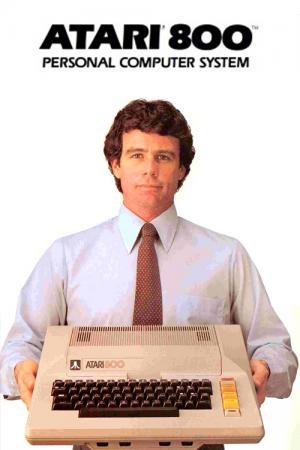
Atari 800
Atari 800 Specifications
| Manufacturer: | Atari Corporation |
| Developer: | Atari Corporation |
| CPU: | MOS Technology 6502B |
| Memory: | 8K RAM base, 48K RAM max |
| Graphics: | 384x256 |
| Sound: | 4× oscillators with noise mixing, or 2× AM digital |
| Medium: | Cartridge |
| Display: | 24 X 40 text, 320 x 192 monochrome, 160 x 96 with 128 colors |
The Atari 8-bit family is a series of 8-bit home computers introduced by Atari, Inc. with the Atari 400 and Atari 800 in 1979 and manufactured until 1992. All are based on the MOS Technology 6502 CPU running at 1.79 MHz, roughly twice that of similar designs, and were the first home computers designed with custom co-processor chips. This architecture allowed the Atari designs to offer graphics and sound capabilities that were more advanced than contemporary machines like the Apple II or Commodore PET, and gaming on the platform was a major draw; Star Raiders is widely considered the platform's killer app. Machines with similar performance would not appear until the BBC Micro in late 1981 and the Commodore 64 in 1982.
Atari, Inc., used the term "Atari 800 or 400 home computer system", often combining the model names into "Atari 400/800" or "Atari home computers".
The Atari 800 was packaged as a high-end model, and the 400 was more affordable. The 400 has a pressure-sensitive, spillproof membrane keyboard and initially shipped with 8 KB of RAM. The 800 has a conventional keyboard, a second (rarely used) cartridge slot, and allows easy RAM upgrades to 48K. Both use identical technology: the MOS Technology 6502 CPU at 1.79 MHz (1.77 MHz for PAL versions) and the same custom coprocessor chips. The plug-and-play peripherals use the Atari SIO serial bus, and one of the SIO developers eventually went on to co-patent USB (Universal Serial Bus). The core architecture of the Atari 8-bit family was reused in the 1982 Atari 5200 game console, but games for the two systems are incompatible.
The 400 and 800 were replaced by multiple computers with the same technology and different presentation. The three models of the XL series were released in 1983: the 1200XL, 600XL, and 800XL. After the company was sold and reestablished, Atari Corporation released the XE series in 1985: the 65XE, also sold as the 800XE, and 130XE. The XL and XE are lighter in construction, have two joystick ports instead of four, and Atari BASIC is built-in. The 130XE has 128 KB of bank-switched RAM. In 1987, Atari Corporation repackaged the 65XE as a console, with an optional keyboard, as the Atari XEGS. It is backward compatible with computer software.
Two million Atari 8-bit computers were sold during its major production run between late 1979 and mid-1985. In 1984, Atari reported 4 million owners of its computers and its 5200 game console combined. The 8-bit family was sold both in computer stores and department stores such as Sears using an in-store demo to attract customers. The primary global competition came when the similarly equipped Commodore 64 was introduced in 1982. In 1992, Atari Corporation officially dropped all remaining support for the 8-bit line.
Latest on Atari 800
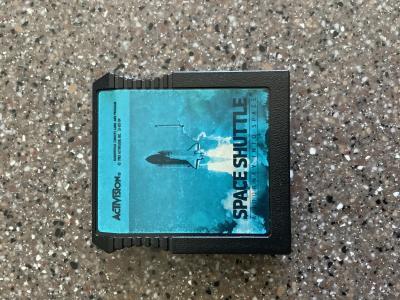
Space Shuttle A Journey into Space
Space Shuttle is a simulation game where you are the pilot of space shuttle Discovery. Your goal is to launch the Discovery, establish an orbit around...
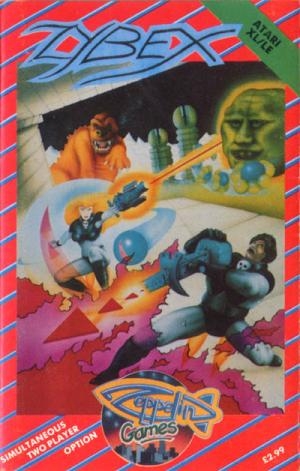
Zybex
The player takes the role of two convicts, Rinser and Cassalana, escaping from an execution in intergalactic prison. To buy their freedom, the convict...
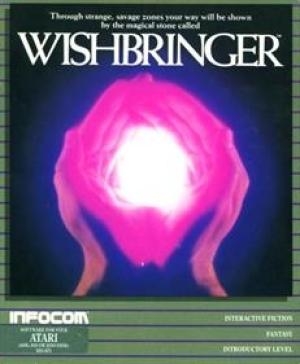
Wishbringer
Wishbringer: The Magick Stone of Dreams is an interactive fiction computer game written by Brian Moriarty and published by Infocom in 1985. It was int...
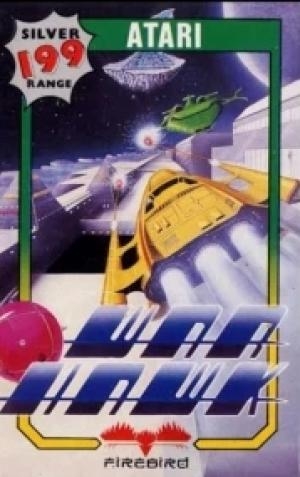
War Hawk
Warhawk is a vertically scrolling shoot 'em up for single-player mode only. You navigate the spaceship Warhawk into various asteroid belts inhabited ...

Top Gunner Collection
A collection that includes three previously released flight simulators: Hellcat Ace MiG Alley Ace Air Rescue I

Tink! Tonk! Tonk in the Land of Buddy-Bots
Imagine you have become a beam of light and are magically swept along inside your computer. Below you is a deep blue sea crisscrossed by a glowing gri...
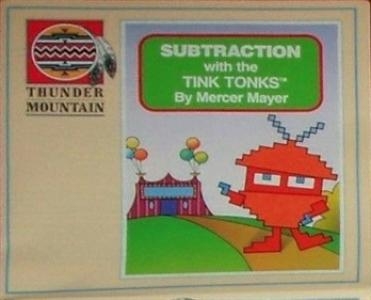
Tink! Tonk! Tink's Subtraction Fair
Join Tink for a day at the Subtraction Fair! Play mini-games which help teach subtraction to earn Bleepers. Spend your Tonkers to play the subtraction...
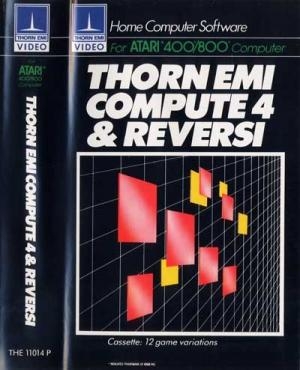
THORN EMI Compute 4 & Reversi
Thorn EMI Compute 4 is a version of the acclaimed game where you have to drop counters into a framework in order to make a line of four of one colour....
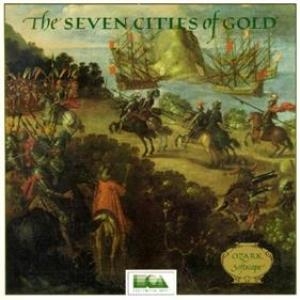
The Seven Cities of Gold
In The Seven Cities of Gold the player takes on the role of Christopher Columbus and the later Spanish conquistadors, exploring the New World (or a ra...
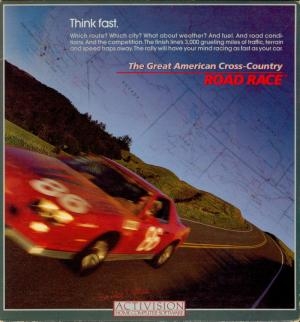
The Great American Cross-Country Road Race
The game puts the player in the position of a driver of a high-performance car, racing across the United States while passing through its major cities...